8. Epigmenio Cruz – Güeros

Sometimes it’s all about rhythm, and the encounter of Tomas and Sombra with fictional former Mexican rock legend Epigmenio Cruz is one of those scenes. After their journey through Mexico City, sometimes in search of Epigmenio and other times just escaping from something, they have finally found him.
Through the montage, the encounter is delayed as we feel the experience with Tomas, the encounter with the man who made Bob Dylan cry. But the scene is so well crafted that it breaks with expectations and creates them again just to break with them once again, and it’s precisely this treatment that characterizes “Güeros” as a film.
7. The investigation – The Conversation
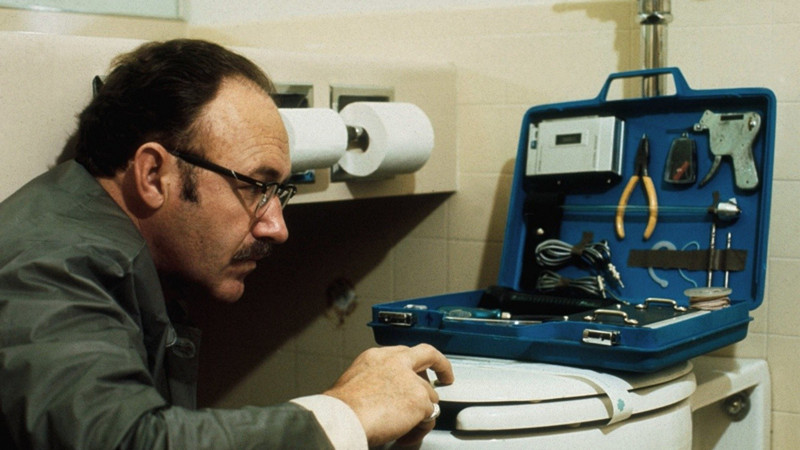
One of the fundamental expressive intentions that Walter Murch revealed when talking about making “The Conversation” is that of making it a subjective, a partial experience that we share with the main character. This character is in a position in which he does not know the reality, but tries to guess it based on the fragments he has of it.
This experience was wonderfully expressed in the scene in which he tries to reconstruct the conversation with his mixing machine, but he is unable (as us) to get to that missing part that he needs to understand what is going on.
6. Ville du centre de la France – Pierrot le Fou
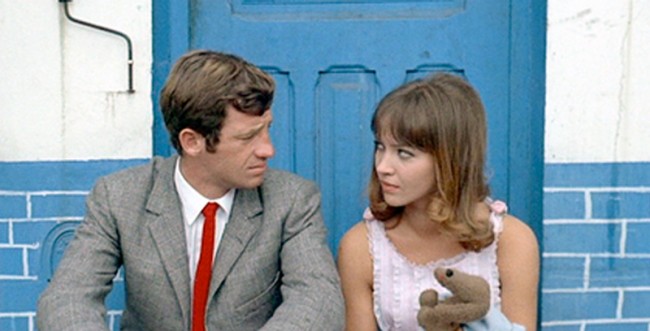
When talking about montage, it is hard even to pick one of Jean-Luc Godard’s films and it’s even harder to pick only one of the scenes. The greatness of this scene consists on how it holds some of the traits that we can see in other great montages by Godard.
The sequence first displays two timelines, one through sound and other through image, and then this timelines encounter each other. Again, audio and image are not corresponding but indeed are related; this creates a very specific atmosphere that, as montages should, creates a new whole that is greater than the parts.
5. Face to face conversation – Persona
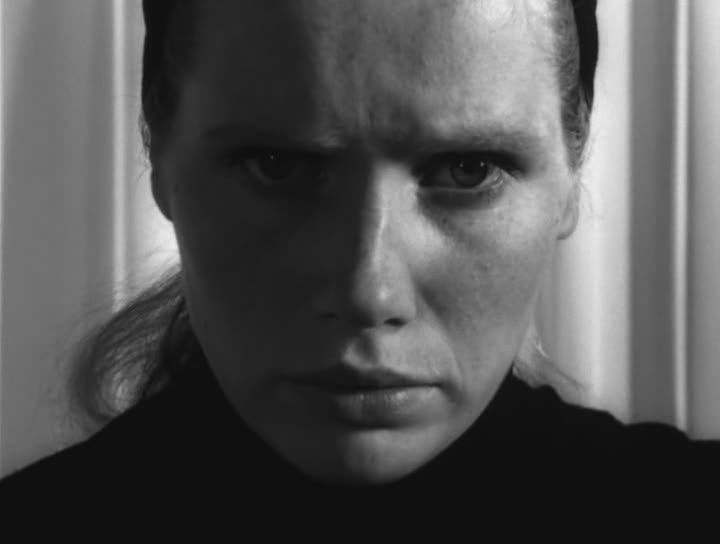
“Persona” is one of the more complex films from Ingmar Bergman and also one of the greatest. This is the scene in which a dialogue is repeated by Bibi Andersson, but through the variation in montage we understand that there is problem of identity between the two characters.
This a scene that speaks to us only through the juxtaposition of glances and dialogues, and even though it is not clear what is going on, it is extremely effective on an emotional level. Some of the traits that make these sequences great is that they synthesize the film, and this scene is one that does it with higher precision.
4. Ringing of the bell – Andrei Rublev
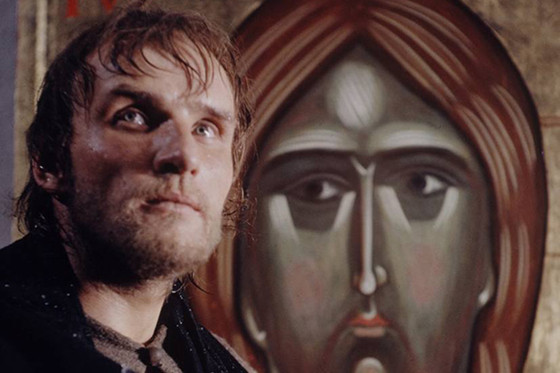
This is the last sequence of the last episode of “Andrei Rublev”; in this episode, Andrei Rublev is not the protagonist but the witness of the construction of a bell. The person responsible for the bell is young boy of whom is expected nothing but perfection.
When the bell is finished and everyone is seeing if it works, the sequence fragments time and space in a way that we are with the young man, waiting for the bell to toll. When it finally does toll, the sequence does not end but leaves us with a revelation that makes the episode more powerful.
3. Odessa Staircase – Battleship Potemkin
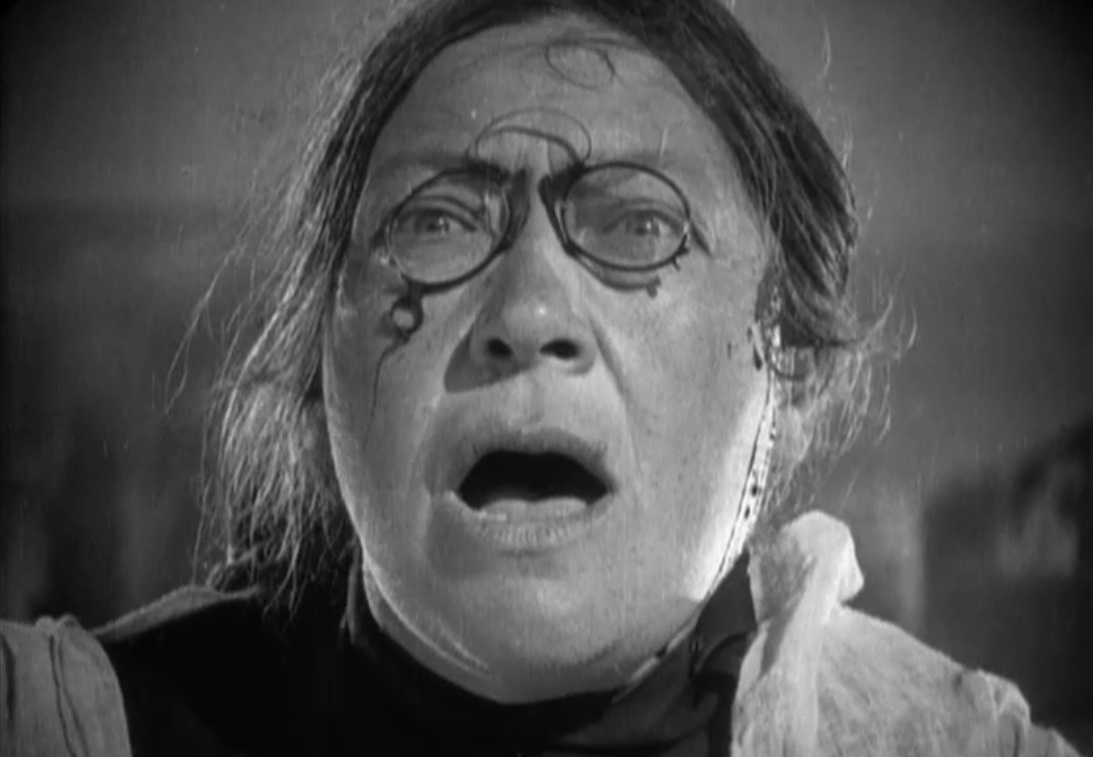
Here is the oldest scene on the list, executed by Sergei Eisenstein himself. The scene consists of the chase, fleeing and execution of several citizens in the Odessa Staircase. In this scene, all of the principles of Soviet montage were applied and proved.
The scene is crafted and structured in a way where the soldiers are always getting closer as we engage with the crow that is trying to escape from them. This scene is a paragon in film form and it has been continuously replicated and paid homage to by several films and a TV series, all of which have been influenced by the Soviet theories of film montage.
2. The Bone – 2001: A Space Odyssey
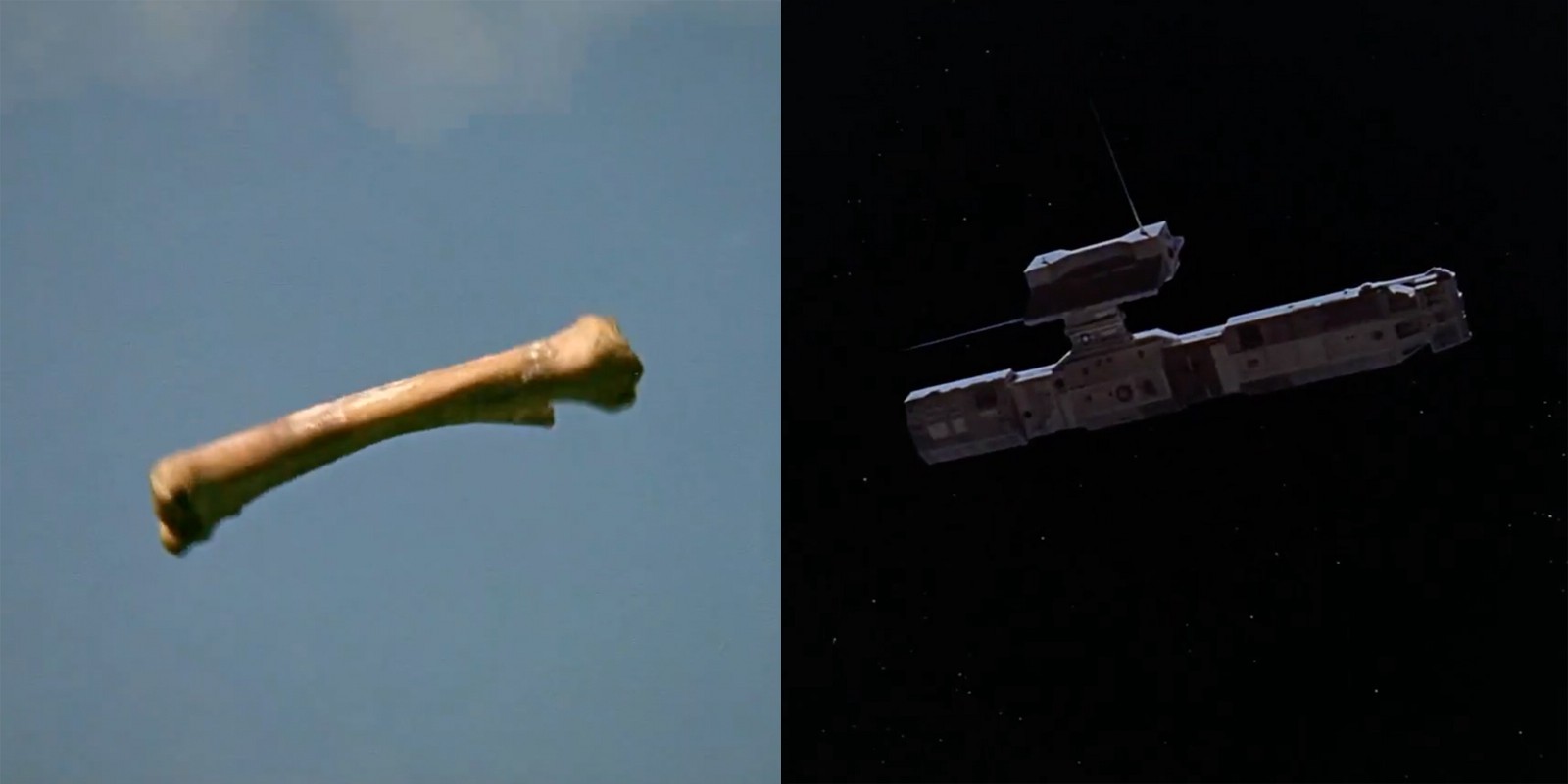
There are two extremely well executed moments in “2001: A Space Odyssey” that could be identified as the Bone. Both moments are in the first segment of the film called “The Dawn of Man,” and each one of them expresses a different moment this possesses.
The first moment is the one in which a chimp understands how to use the Bone as a tool for the first time, and the greatness of the scene relies on how it shows the slow-taking consciousness and empowerment of the chimp. The second moment consists of a cut from the Bone to a spaceship, a cut that holds in a way that only Kubrick could – the evolution of mankind.
1. The baptism – The Godfather
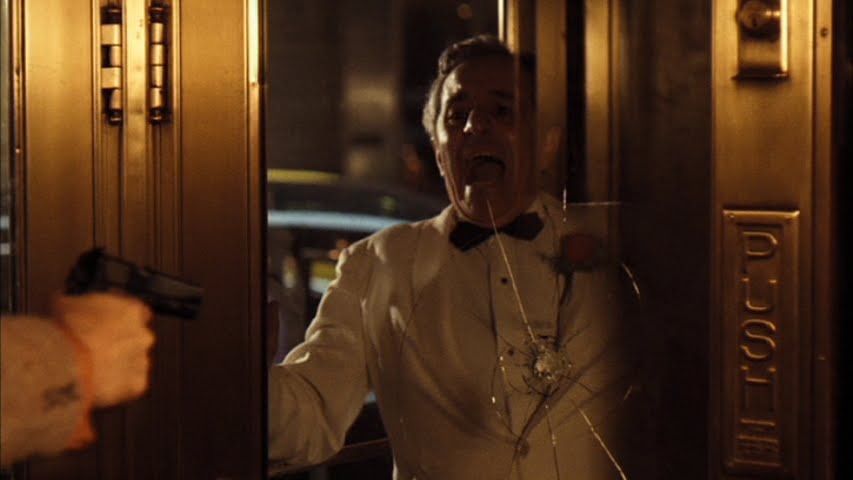
The baptism in “The Godfather” is one of the most powerful montages in film history for the symbolic and dramatic charge it holds. The mechanism is rather simple when seen from afar; it consist of a series of murders juxtaposed with a baptism in which Michael is the godfather.
The importance of relating the murders with the baptism is that Michael turning himself into the Godfather that was his father was through those murders. It is extremely powerful that as he indirectly kills so many powerful people, he is saying that he “renounces Satan,” because we know that all the contrary, he is becoming him.